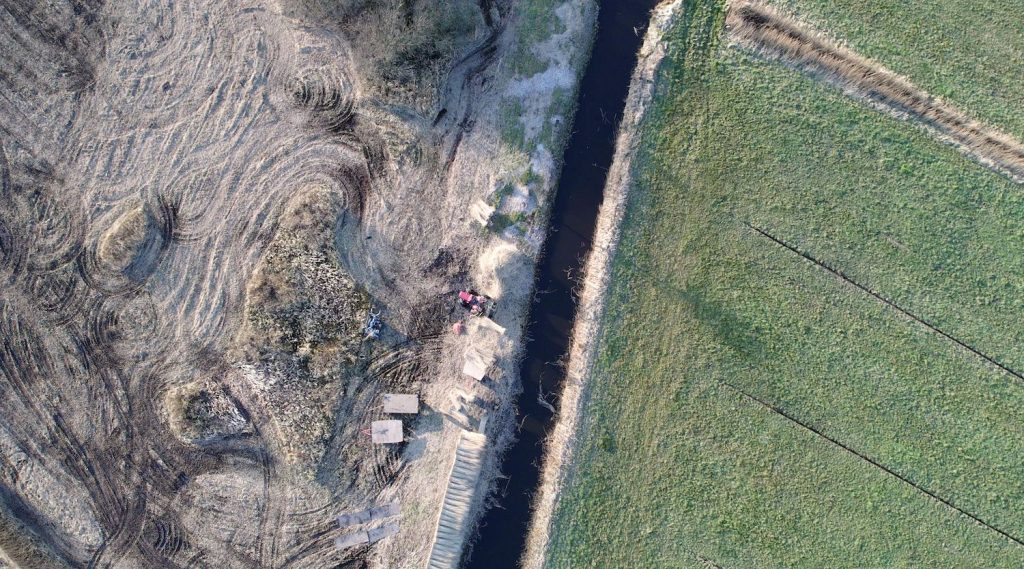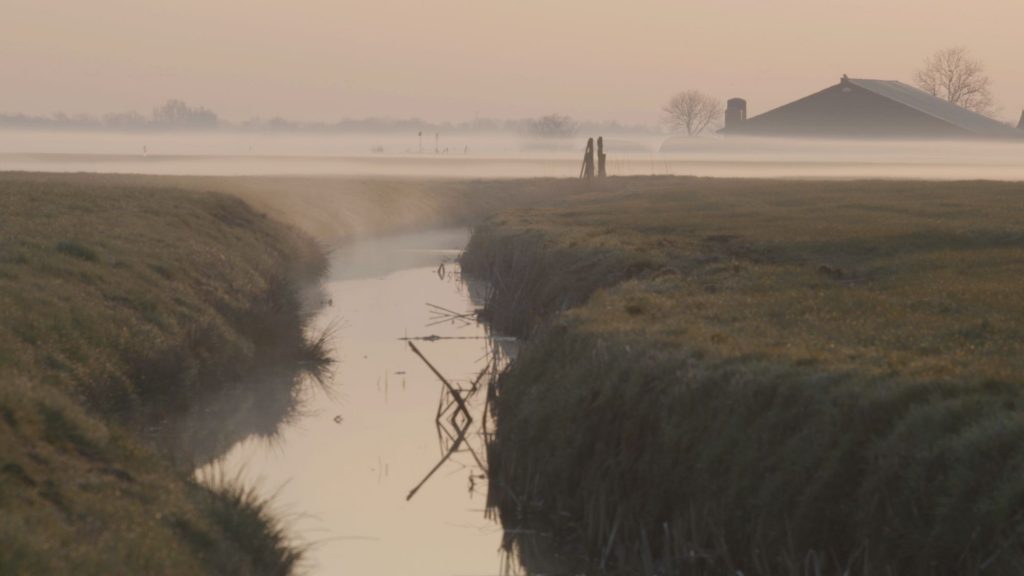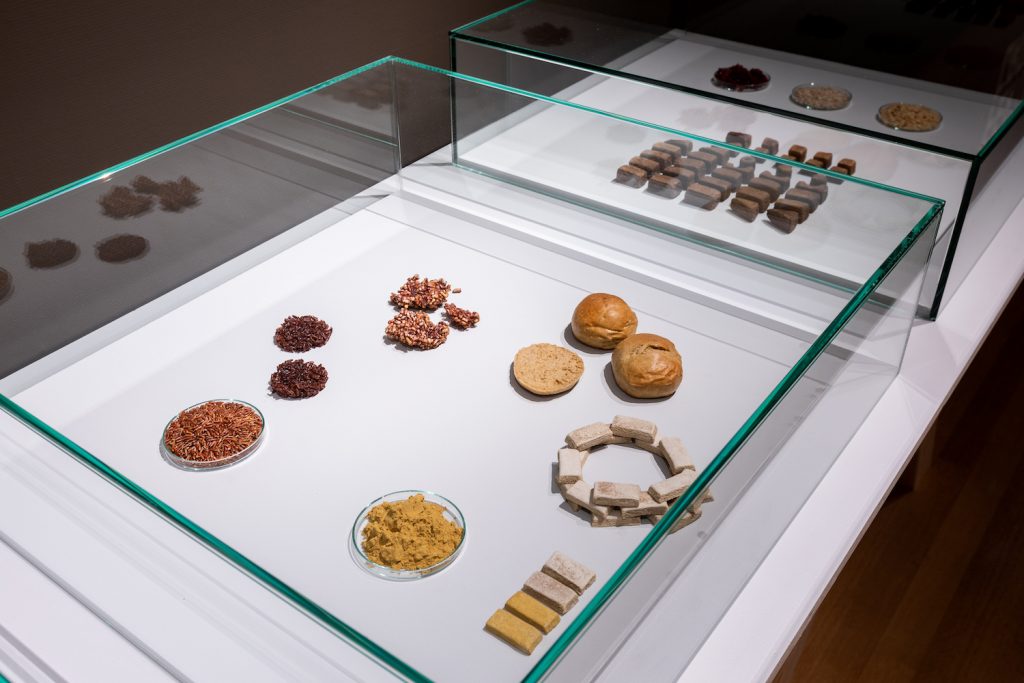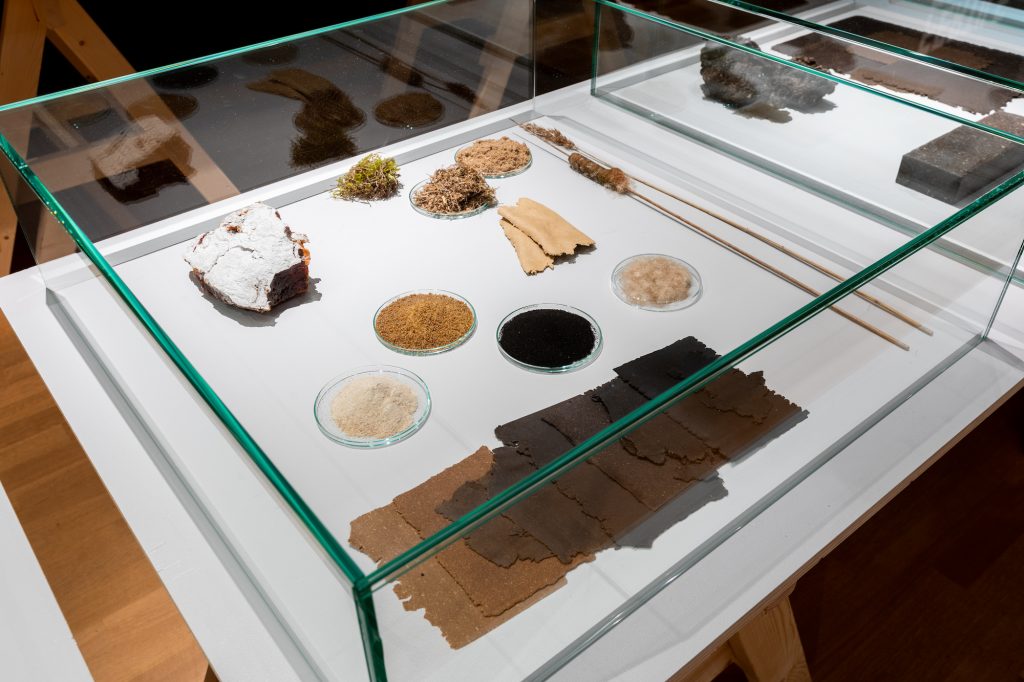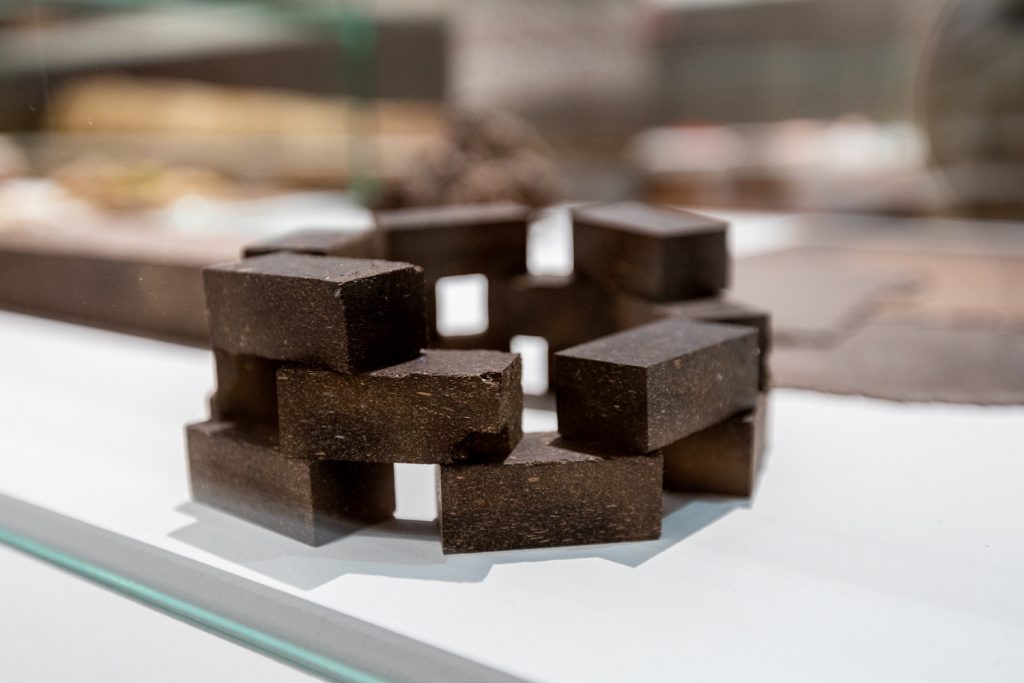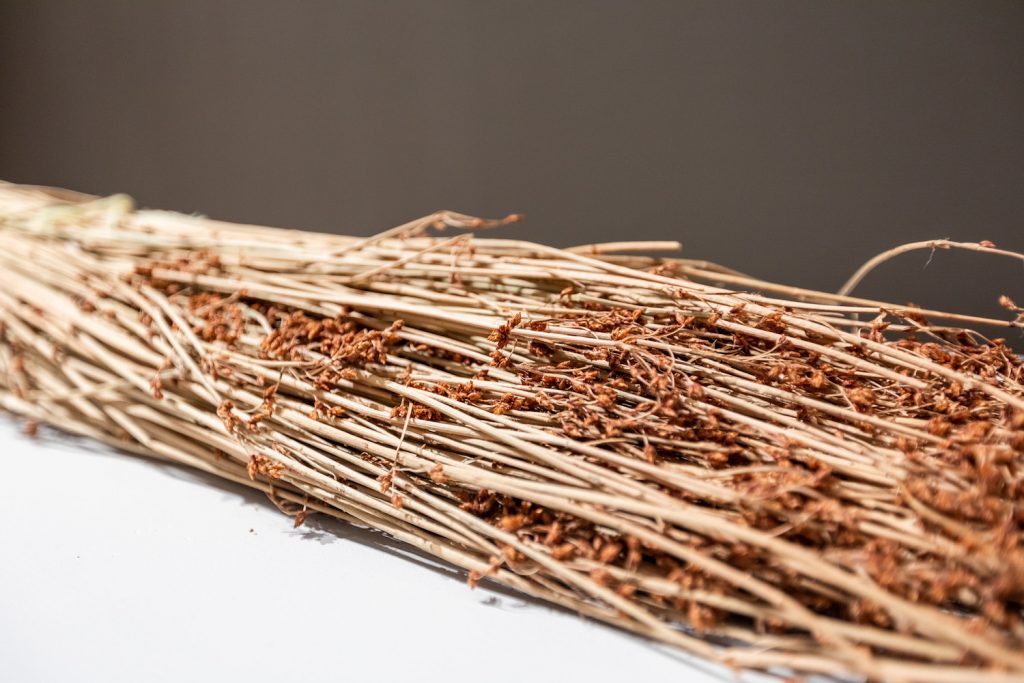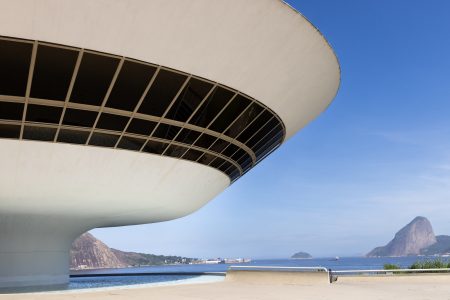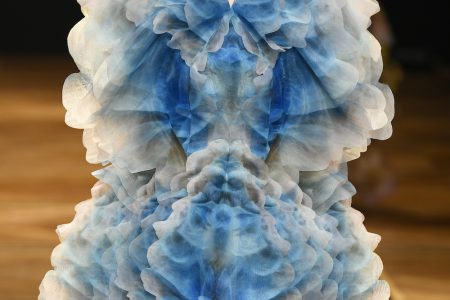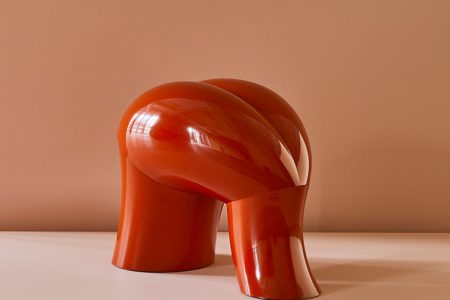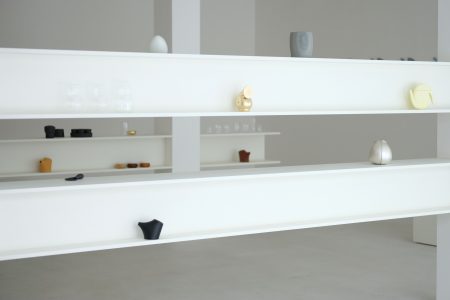Christien Meindertsma: The Evolution of Land
For TLmag38: Origine/Origin, Tracy Lynn Chemaly spoke with Dutch designer, Christien Meindertsma, about her project Fertile Grounds, which among many things, looks at new solutions outside of dairy farming to help preserve the remaining Frisian peatlands.
In an open-ended project titled Fertile Grounds, which was presented at the Fries Museum in Leeuwarden through April 2023, Dutch designer Christien Meindertsma reimagines the Frisian peatlands, exploring ideas that could save parts of these rich stores of carbon from disappearing.
TLmag: What attracted you to this assignment, curated by Laura Drouet and Olivier Lacrouts of studio d-o-t-s, which forms part of their wider investigation of the future of European rural landscapes?
Christien Meindertsma: My father is from Friesland, an area in Northern Holland. His side of the family were all dairy farmers for generations, until his generation. So, in some ways the project is related to my heritage.
TLmag: Of course, because dairy farming is a major reason for the peatland drying out. I know there is big debate about re-wetting it to save it from disappearing completely, but that would mean changes to what farmers produce.
C.M.: Exactly. I asked my father if there was any peatland on our family’s land before, and he said, ‘Yes, there was this part that we would always go to as children. It was really wet and we let the small cows stand there because big cows would sink.’ He has this childhood memory of it not being worth so much for my grandfather because it was difficult land.
TLmag: That is a story shared in the video which you and Roel van Tour created for the exhibition, with your father as one of the voices?
C.M.: We interviewed four other people for those voice overs: a organic farmer in the area, an archaeology professor who has researched pollen in peat, a roof thatcher who works in the peatland – he speaks about the changes he has seen in reed and water quality – and a person working with test patches of crops that grow well on wetlands, like cattail, cranberries and rice.
TLmag: Those are the crops you experimented with here? That must have been a fun assignment for someone like you who loves exploring raw materials?
C.M.: The task was to investigate what the new products could be if we stopped dairy farming. I looked at food products, construction ideas and building materials. I played with things like traditional Frisian rye bread, and found a local artisan baker to make bread that looks like a piece of peat – one made with cranberry, the other with rice. I also did my own experiments with rice cakes and baked bread with cattail pollen. I even made a traditional Frisian cake called oranjekoek that has a Barbie-pink glaze, which I adapted by using cranberry. The cake is normally cut in geometric squares, so I thought that with this peatland it would be nice to do something with a rigid cutting structure – like our land in Holland, always precisely planned.
TLmag: And you made linoleum, a product that appears regularly in your work.
C.M.: I’m a big fan of linoleum! It is normally made from wood dust, linseed oil, chalk and colouring materials. I wanted to make one solely from the by-products from peatland. Instead of wood dust, I used cattail and reed stalks; for the colouring I used the colour that comes from water-weaning in peatlands (they take out the colour for drinking water), so it looks exactly like peat; the chalk is also a by-product of water-weaning. The only thing I added is linseed oil. With this version of linoleum, floors and walls can feel immersed in the earth, while we leave the earth as it is.
TLmag: What are the plants in that beautiful big image on the wall behind you?
C.M.: It’s a timeline of willow growth, photographed every month for a year. Its stalks can be cut into little sticks to plant directly in the ground. It is such a hopeful material that grows really well on wet soil.
TLmag: If willow can be grown in peatland, what potential do you see for it?
C.M.: I am dreaming of designing a festival where everything is built with willow and reeds and all these lovely plant materials that can be used to thatch roofs and build tents, temporary structures and furniture that just goes back to the land afterwards.
TLmag: The fact that peatlands store twice as much carbon as all the world’s forests put together was eye-opening for me. What was the most fascinating thing you learnt from your research?
C.M.: The historical perspective of how young our use of the land actually is and just how manmade it is… When you grow up in a country, you associate with the land, and feel that it is your heritage. But all these windmills that we are so proud of in Holland have actually been draining the peatland. I found that shocking.
TLmag: That’s why I like the name of the exhibition. Fertile Grounds made me think of the dairy farmers producing lots of milk. But it also brought to mind the idea of fertility – hope for something new to sprout from the land.
C.M.: It is good that you say that because not everybody has the same idea of what fertile ground is. A lot of modern farmers cannot understand why you would want to wet the land – they see that as destruction. The organic farmer in the film speaks beautifully about these fertile grounds. In her memory, the land had many more flowers… there were birds. It was very rich compared to monoculture farmland. But really efficient farmers say this is not fertile ground – that it is very inefficient.
TLmag: The participatory exhibition includes postcards asking visitors to answer some questions on the subject, one of them being ‘What future do you want for the Frisian peatlands?’. What is your answer to this?
C.M.: A combination of the old and new would be best, and a combination of the use of the land. The new crops are super interesting and we should explore everything they have to offer. But dairy farming doesn’t need to be completely banned. Some areas are exploring other breeds of cows that are less heavy for wetlands. But it means more expensive products and more appreciation for the work of the farmer. It is a culture change.
Fertile Grounds: Reimagining the Frisian Peatlands was on view at the Fries Museum through April 10, 2023.
www.christienmeindertsma.com
